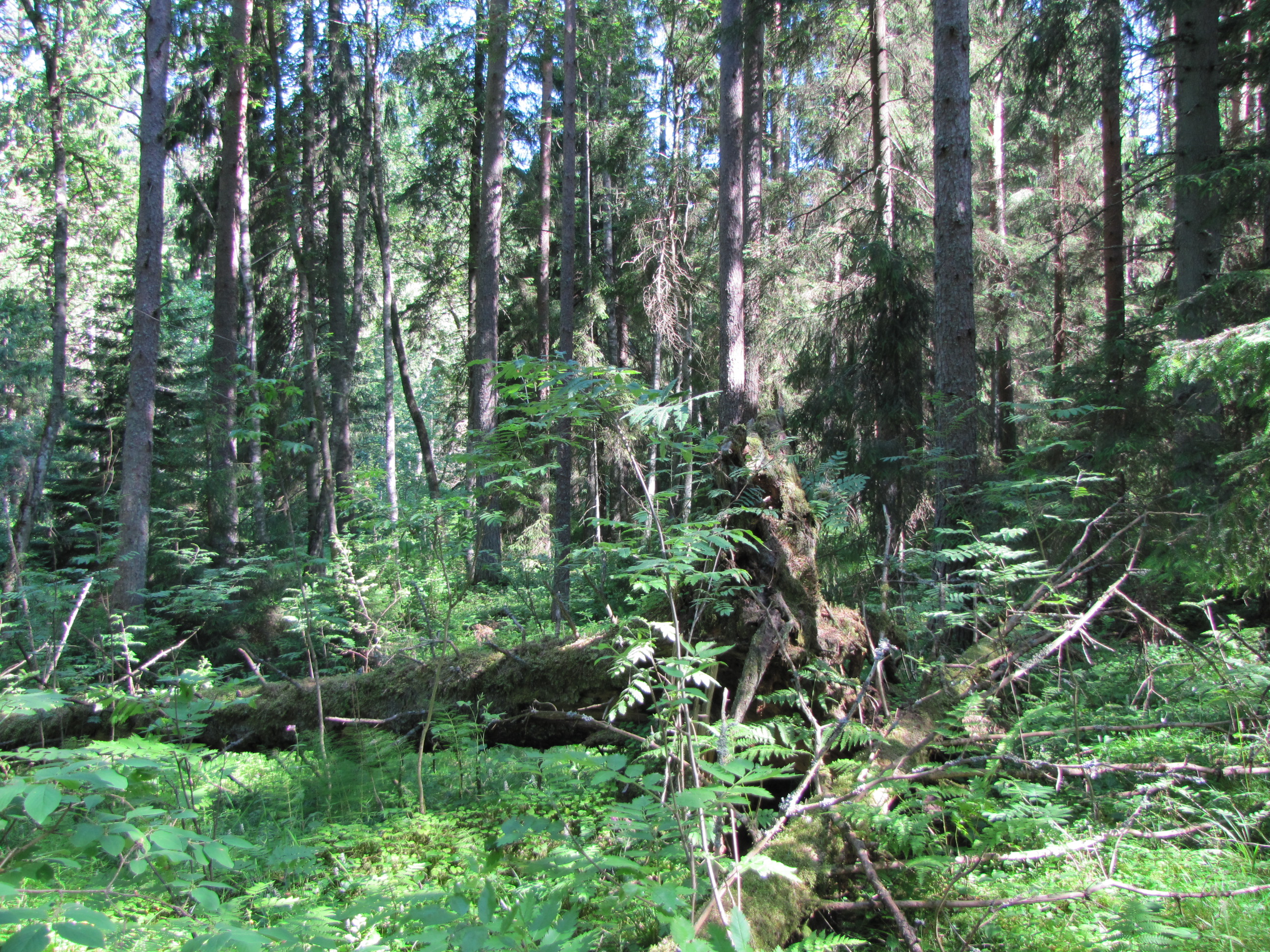
This very wide habitat type, which has come to be called the western taiga elsewhere in Europe, includes, in particular, old-growth forests which have had little to no human impact, as well as younger stands growing on recent burnt woodlands that have regenerated naturally. Many endangered species, especially mosses, lichens, fungi, and invertebrates, find habitats in old natural forests.
In Estonia, this habitat type includes both coniferous and mixed forests as well as most of the deciduous forests: alvar forests, heath forests, dry boreal forests, fresh boreal forests, and paludified forests, where the tree layer is dominated by pine, spruce, birch, or aspen. However, this habitat type does not include the broad-leaved deciduous forests (habitat type 9020) or the species-rich mixed spruce forests with broad-leaved tree species (9050).
Includes the following habitat type groups according to Paal: 111 (alvar forests and shrublands), 112 (boreal heath forests), 113 (dry boreal forests), 114 (fresh boreal forests), and 132 (poor paludified forests).